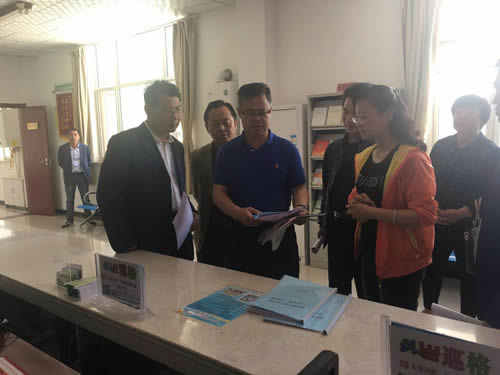
Ningxia relevant department officials went to the Litong District to combat cults
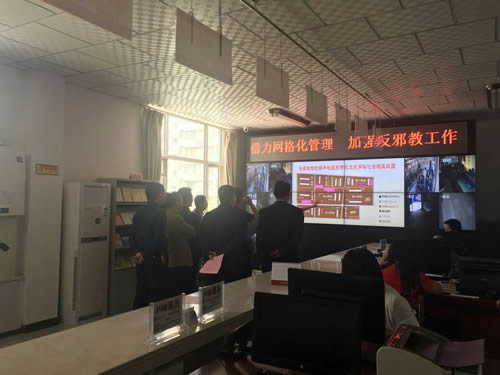
Ningxia relevant department officials went to the Litong District to combat cults
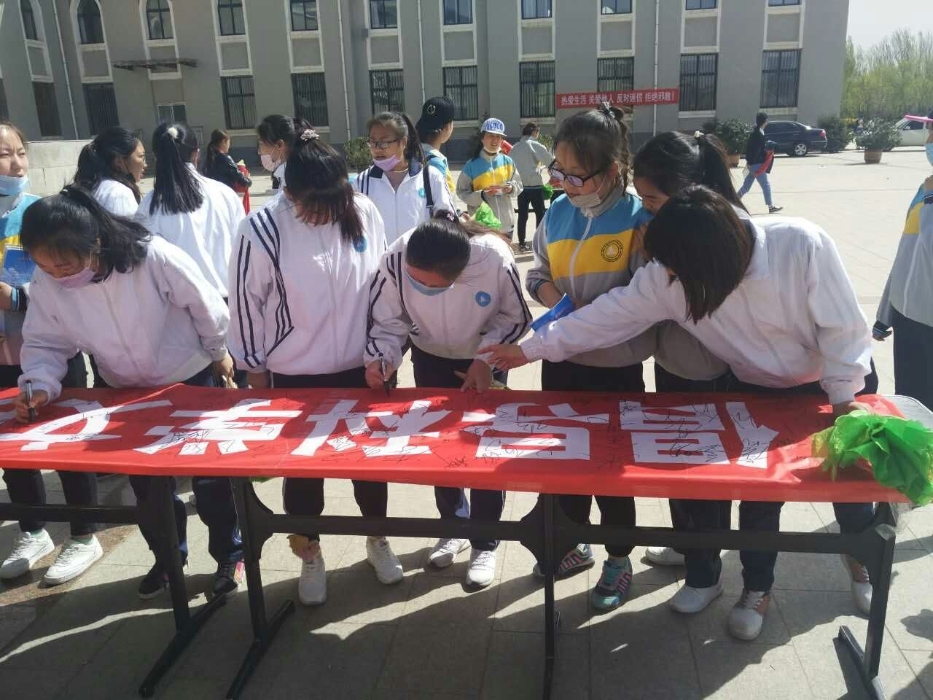
Thousands of people were signing to show determination to combat cults
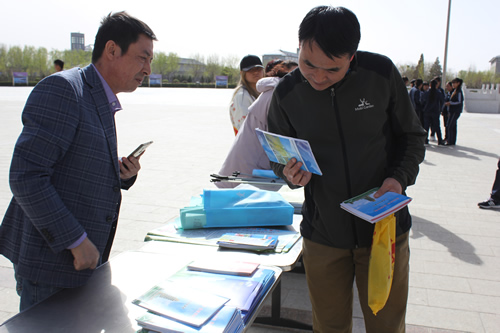
The staff spread anti-cult knowledge fliers to the masses
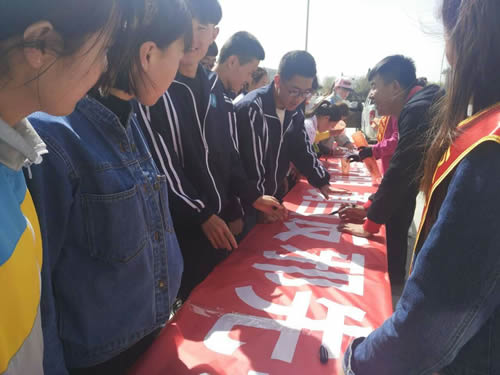
Everyone was signing their name on the anti-cult publicity banner
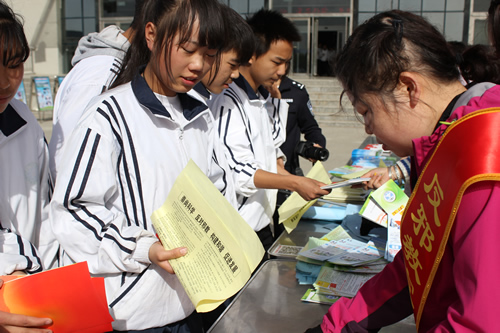
Students who participated in the publicity activities were enthusiastically asking questions
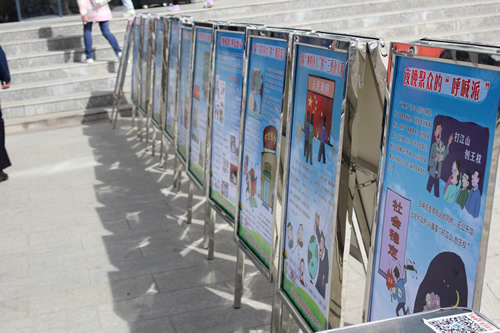
Anti- cult knowledge exhibition boards shown by the Litong District
In recent years, Litong District has used "advocating science, caring for the family, cherishing life and combating the cults" as the topic to create a "community without cults". The District also integrates combating cults into the social governance. The fundamental role of the community grid administration is fully taken into play. The dynamic grid administration model plays a basic role in combating cults at the grassroots level. Based on the local conditions, the district boldly explores and implements the "double three colors" dynamic grid administration model. In this way, Litong has entered a new era for dealing with and combating cults.
Actively building a new model of "1 + 4 + X"
Based on the local conditions, scientific division of administration services has been implemented. Based on the principle that “"town office takes charge, village community implements, and administration manages,” the system is people-oriented and is implemented in different divisions and grids. The system of counties and towns can be categorized into a grid with 1 Class Ⅰ, several Class Ⅱs (based on villages and communities) and several Class Ⅲs (500 to 800 households for each). The work model of "1 + 4 + X" is conducted. “1” refers to a liaison man and chief for each network (usually undertaken by the community official), “4”, a comprehensive coordinator, a community mediator, a comprehensive personnel and a retired CPC member, and “X”, community volunteer service teams. A community anti-cult administration model comprehensively integrates the community, grid teams and residential buildings with the community CPC organization as the core.
In accordance with the requirement of “achieving unified leadership under the CPC committee, cooperation among departments and social participation”, the district has established the cult preventing and handling leadership team with the deputy secretary of the district as the team leader, deputy district mayor as the deputy leader, 26 institutions including public security, security, publicity and united front work organs. Offices are also set up with a secretary from the politics and law committee as office director, who is mainly responsible for organizing, coordinating, investigating, preventing and dealing with cult-related issues. The district cult prevention office is responsible for analyzing and judging cult-related information, coordinating in an all-around way, supervising and evaluating. The township cult prevention office is responsible for collecting relevant information, screening and collating information, as well as mastering, dealing with and controlling the dynamic changes of cults. Through visiting key targets, information personnel timely understand the ideas of cult participants, teach participants and report to the higher authorities so as to control cults. Through the multiple levels’ accountability and hierarchical administration, a model has formed. The district cult prevention office takes the lead, towns are the main targets for tackling cult-related problems, villages work as main bodies, and administers are responsible for providing supporting services. Through the grid model, information about cults is grasped and combating against cults is implemented comprehensively. No room has been left for the evil to spread. Through administration by different levels, professional personnel are responsible for preventing and combating against cults.
Improving the development of information staff to ensure that “personnel are responsible and affairs are under control”
The district strengthens the development of the administrators’ team. The principle that “accountable personnel should be responsible but not work alone; work can be divided but all the personnel should work together, and every person is completely accountable.” According to the labor division, one CPC member who is firm in faith, accountable and politically sensitive and has certain investigation and judgement abilities will be designated as administrator. Also, 3 to 5 assistants will be recruited based on real demands. Through on-spot visits, investigation and research, administrators timely grasp the basic conditions and dynamic changes of cults. The system integrates scanning, handling, prevention and combating, publicizing and revealing, as well as teaching and supporting so as to leave no room for loopholes, poor administration and neglected services.
The volunteer teams are strengthened to broaden the information channels and improve the ability to regulate dynamic information on cults. The district organizes and mobilizes the senior CPC members, cadres and ordinary people who have a passion for social charity to form volunteer teams to actively participate in collecting anti-cult information and stabilizing social harmony. With the disclosures and tip-offs from volunteers, the tendency and information about cults can be found in a timely manner and cult-related activities can be handled so as to eliminate the development of cults. Through fully covered by the information network, even the most grassroots of people can collect anti-cult information and provide information or warnings at the first instance. In this way, warnings can be released in the first place. Preventive measures are taken to improve the ability to regulate evil information.
The administration model of “three-double colors” is implemented. The places with more than 3 people involved in cult activities are listed as red administration regions where key supervision will be strengthened. The places with less than 3 people involved in cult activities are listed as yellow administration regions where ordinary supervision is implemented. The places without cult activities are listed as green administration regions with relaxed supervision. According the regulation philosophy that “people take charge and affairs are under control”, the relevant cult members are controlled in their own place. People who have poor performance and radical thoughts or are stubborn are listed as “black administrated people,” they need to be supervised strictly. People who have accepted community education and administration and with relatively stable family life, and good attitude are listed as “brown administrated people” accepting ordinary supervision. People who have been tempted to commit an offence or committed an offence for the first time but have a good attitude and community teaching results are listed as “grey administrated people” accepting loose supervision. Based on real performance and changes, dynamic administration can be implemented to adjust administration measures timely. In this way, effective prevention can be implemented and uncontrollable phenomenon, reduced. Different communities form grids with different personnel responsible for affairs being under control.
(Editor: HE PENG)





